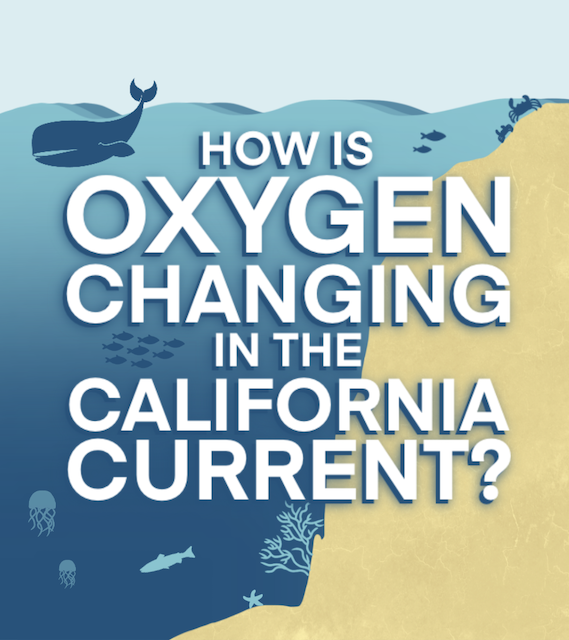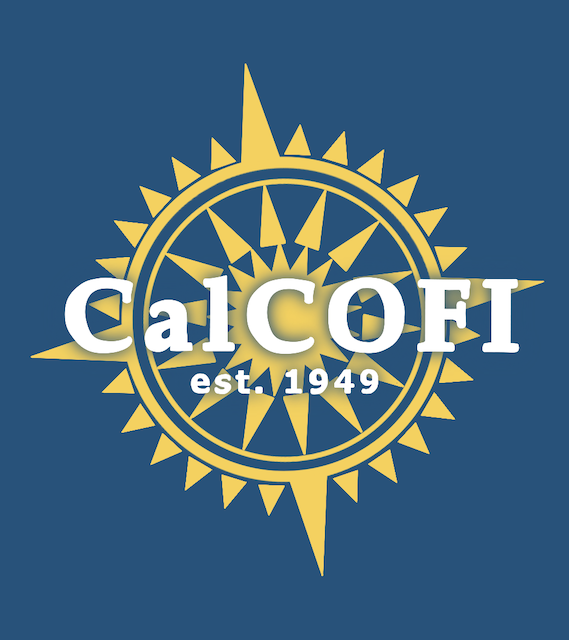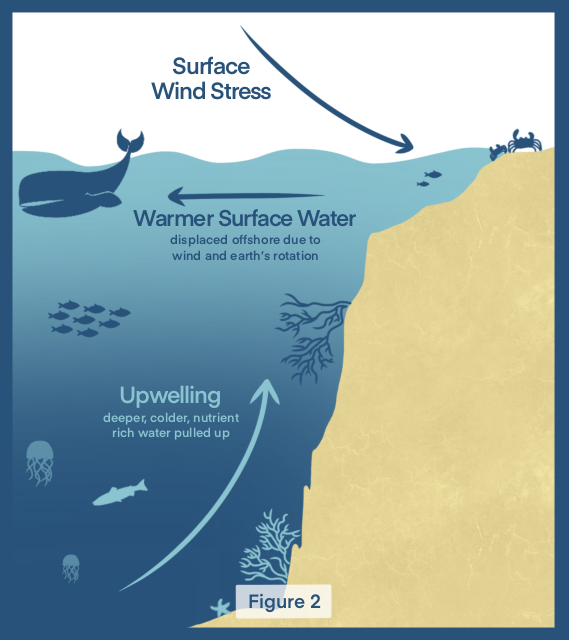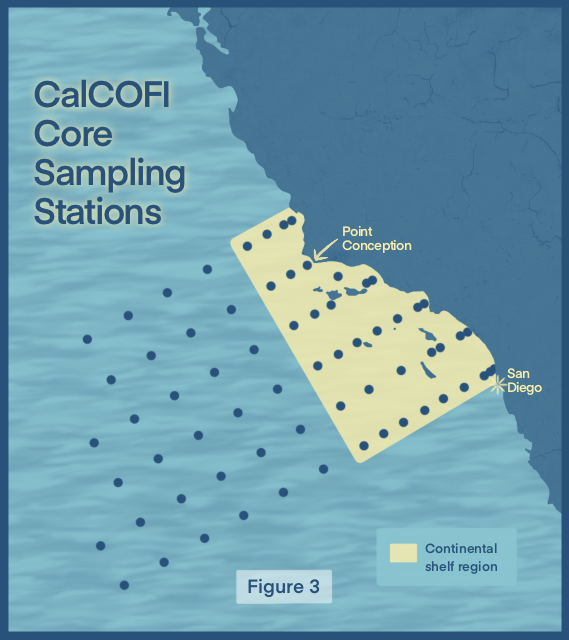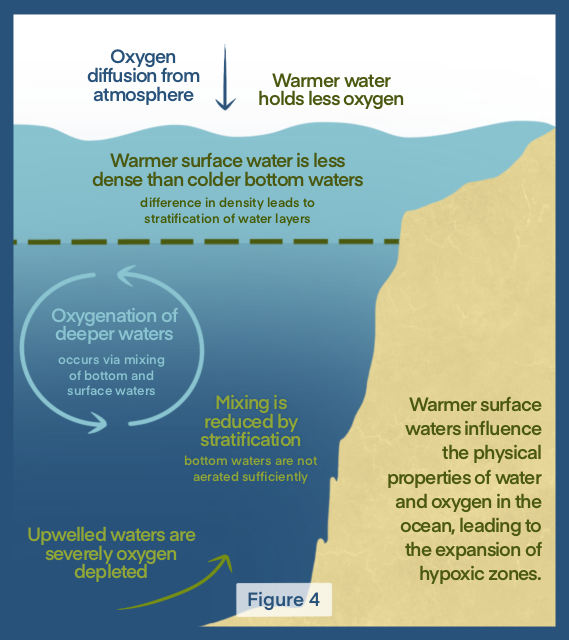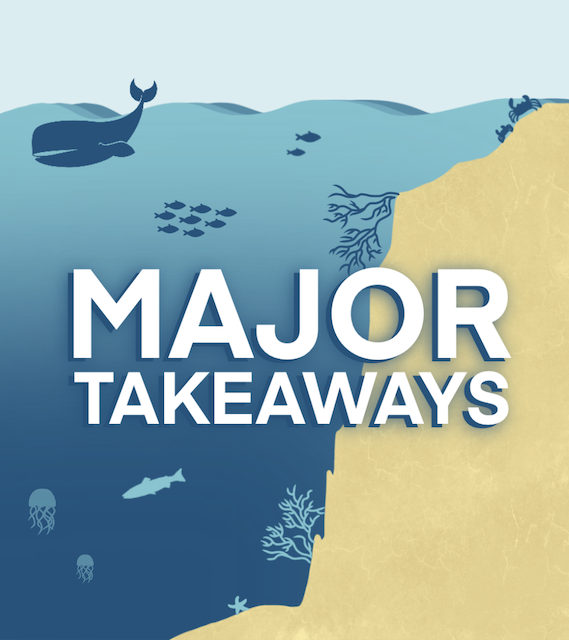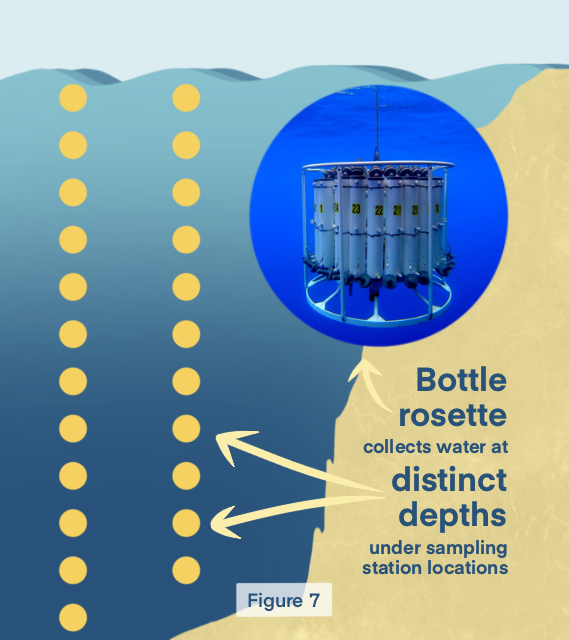This webpage is best viewed on desktop with a full screen browser.
The people of California receive abundant gifts from the ocean: food, medicine, energy, wellbeing, and more. The ocean is an essential part of California’s economy, culture, and history.
However, the past few decades of climate change have led to the increase of ocean heat waves, ocean acidification, and, a lesser known phenomenon, ocean deoxygenation. Protecting and sustaining our relationship with the ocean through these changes requires a better understanding of how marine life is affected and how human actions must change in response.
Hence, the California Cooperative Oceanic Fisheries Investigations (CalCOFI) comprehensively observes and monitors the ocean off the coast of California, and has been doing so for over 70 years. These observations are vital to understand the health of the ocean off of California and thus inform the sustainable management of our precious marine resources.
Numerous studies of CalCOFI’s oxygen data have demonstrated that oxygen levels have been declining off of the California coast, disrupting the balance of the marine ecosystem. De-oxygenation can severely reduce species growth and survival. In co-occurrence with marine heatwaves and ocean acidification, loss of oxygenated habitats can cause many mobile animals like sharks to move to shallower waters near the coast.
Here, we will take you on a journey to explore CalCOFI’s data on oxygen levels, to explore how this critical component of the ecosystem varies naturally in the ocean off of the California coast and discuss how the changing climate’s impact on oxygen places the vitality of life throughout the ocean at risk.
Scroll along to join us on this exploration of oxygen off the coast of California.
